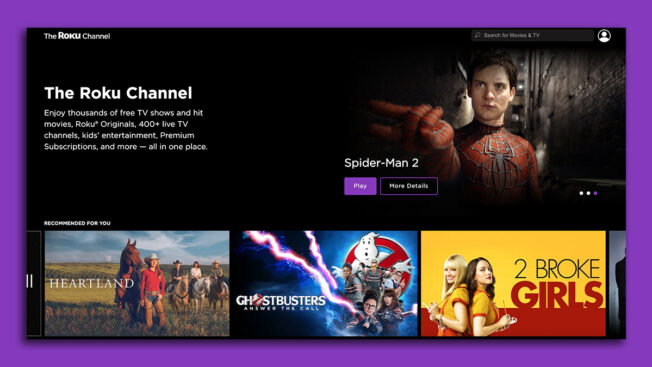Roku Shifts Its Approach and Opens Up Data to the Programmatic Ecosystem
Roku today is letting partners across the programmatic ecosystem buy using Roku Exchange, a suite of data and targeting solutions that buyers previously only had access to if they bought Roku inventory directly.
The move, which also includes new tech capabilities, signals a more open approach from the streamer, which has been more focused on reserving its most premium capabilities for direct buyers. Opening up to more demand would likely lead to more dollars flowing through Roku Exchange.
“Our goal is to support multiple ways of buying media. We are not a walled garden,” said Louqman Parampath, vice president of product management at Roku.
Now, buyers can use Roku Exchange solutions on Roku’s inventory, which includes the Roku channel and publishers monetized by Roku, bought via third-party adtech vendors and not only via direct deals.
In other words, previously, a buyer might only be able to target Roku inventory using The Trade Desk data segments, and wouldn’t have access to bespoke signals more applicable to Roku’s inventory.
This opens up more data signals to buyers, like Roku’s automatic content-recognition data, a rare and valuable signal that identifies which shows are playing on streaming television. Buyers can now access ACR data via deal IDs, a Roku spokesperson said.
In April’s NewFronts announcement, Roku said it was sharing more of its ACR data. Now, anyone can access this data via any demand-side platform, as long as it is connected with a supply-side platform that integrates with Roku Exchange.
“This is more supply-side tech,” Parampath said, as Roku Exchange connects via SSP partners. “This is a way in which all of the programmatic buyers get the same kind of capabilities that you would get if you bought directly through us.”
A change in approach
The embrace of open programmatic differs from Roku’s previous messaging, which was more about positioning the streamer as a hedged garden. Roku was pushing its own DSP as the best place to buy all connected TV, the company’s senior director of strategic advertising partners, Miles Fisher, told advertising podcast Next in Media in April 2023.
But Roku has recently pivoted away from promoting its own adtech, three buy-side sources told ADWEEK. One source noted that Roku sales representatives have recently only been pitching the media offerings, whereas previously, reps used to also pitch the DSP. Digiday reported in February that Roku was planning on sunsetting its DSP later this year, citing anonymous sources.
While Parampath did not comment on the future of Roku’s DSP, he has previously told ADWEEK that the company is embracing more partnerships with the programmatic ecosystem, rather than building hedges around its inventory and data.
More tailored ad experiences
Via Roku Exchange, buyers can target media using contextual metadata signals, like the genre, category of show and where the ad is in the pod break.
Roku has also built the ability to show more tailored ad experiences to customers, meaning that viewers will see a different number of ad breaks, varying lengths of ads and different creative, depending on who they are.
Roku has been beefing up Roku Exchange with new tech capabilities for the programmatic ecosystem over the past six months, said Parampath. Magnite is already integrated with Roku Exchange, but Roku is open to additional adtech partnerships.
“We are looking to diversify our demand substantially,” Parampath said. “As we scale up our demand sources, we wanted a layer to pass all the needs in the bidstream.”
https://www.adweek.com/programmatic/roku-shifts-its-approach-and-opens-up-data-to-the-programmatic-ecosystem/
